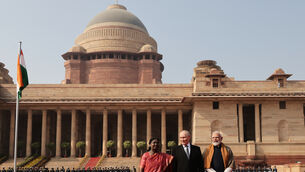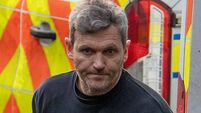Anti-nuclear protests held in Japan
Protesters in Tokyo are staging mass demonstrations against the use of nuclear power, as Japan marks the three-month anniversary of the powerful earthquake and tsunami that killed tens of thousands and triggered one of the world’s worst nuclear disasters.
The magnitude-9 earthquake that hit off Japan’s north-east coast on March 11 caused a massive tsunami that devastated the coastline.














